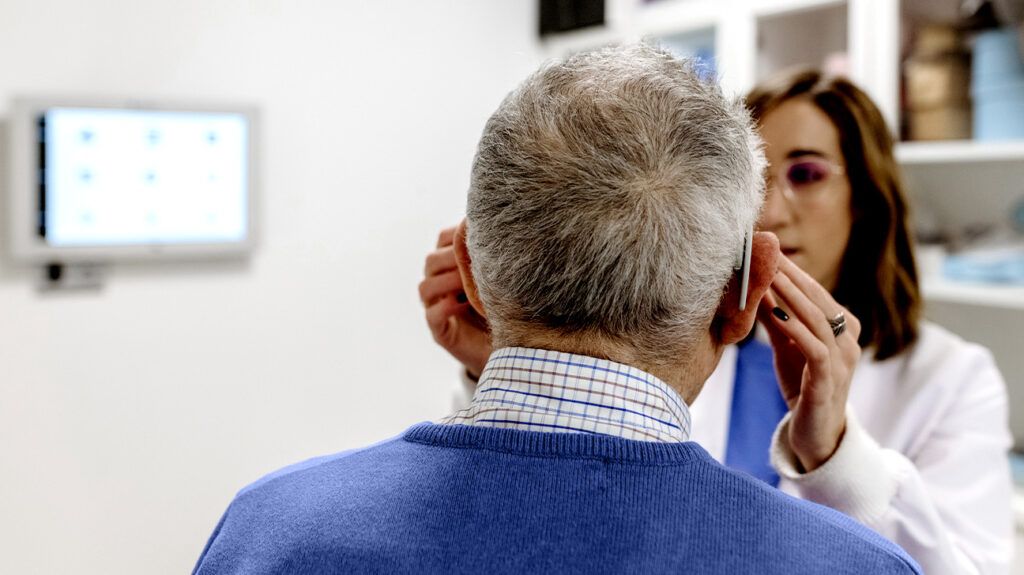Enhancing Road Safety Through Shared Responsibility and Innovation

A comprehensive approach involving shared responsibility and technological innovation is vital to reducing roadway fatalities and creating safer transportation systems for all road users.
Roadway fatalities are a complex issue involving various factors beyond just driver behavior. A recent review in the New England Journal of Medicine highlights the importance of adopting a comprehensive approach to road safety, emphasizing shared responsibility among all stakeholders — including transportation designers, policymakers, operators, healthcare professionals, and the public. Experts from Virginia Tech Transportation Institute (VTTI), Charlie Klauer and Zac Doerzaph, reviewed existing data and research to evaluate strategies aligned with the Safe System Approach. This framework is based on the idea that no single element alone guarantees safety; instead, it requires a combined effort to create safer roads, vehicles, speeds, and post-crash care. The goal is to make transportation systems resilient, equitable, and efficient, ultimately eliminating roadway deaths.
The researchers identified five core pillars essential for a safer transportation ecosystem: safer people, safer roads, safer vehicles, safer speeds, and effective post-crash response. They advocate for universal adoption of this approach, which depends upon stakeholder commitment and a shift in safety paradigms. Countries that have implemented similar strategies have seen significant success, underscoring the potential for the U.S. to follow suit.
To further reduce risks, the article suggests various measures such as expanding driver training and safety technologies, implementing legislation for safer road design, incorporating active safety features in vehicles like automatic emergency braking, increasing law enforcement visibility for speed regulation, and strengthening rural healthcare responses after crashes. The statistics are stark: in 2021, over 42,000 lives were lost on U.S. highways, equating to a daily tragedy comparable to a commercial plane crash. Experts stress the importance of collective action and ongoing innovation to reach the ambitious goal of zero roadway fatalities within our lifetime, emphasizing that safety is a shared responsibility at all levels of transportation systems.
Stay Updated with Mia's Feed
Get the latest health & wellness insights delivered straight to your inbox.
Related Articles
New Study Links Air Pollution to Increased Risk of Lewy Body Dementia at Molecular Level
Groundbreaking research links air pollution to increased risk of Lewy body dementia by revealing a novel molecular pathway. Studies indicate that long-term exposure to PM2.5 particles can induce toxic protein aggregation in the brain, potentially leading to neurodegenerative diseases like Parkinson’s and Lewy body dementia. These findings highlight the significance of environmental health in neurological disease prevention.
Internal Brain Rhythms Influence Memory Formation and Recall, New Research Shows
New research reveals that brain cells follow an internal rhythm during memory formation and recall, with synchronized activity linked to brain waves, offering insights into memory processing and potential disorder treatments.
Breaking Ground in Neurodegenerative Disease Research: Insights from a Leading Scientist
This article explores groundbreaking research on early cellular changes in neurodegenerative diseases and potential strategies to prevent conditions like Alzheimer's from progressing, highlighting collaborative efforts and recent scientific advances.
Routine Eye Exams Could Detect Early Signs of Alzheimer’s Disease
Emerging research suggests that routine eye exams, focusing on the retina, could potentially help detect early signs of Alzheimer’s disease, paving the way for earlier diagnosis and intervention.



